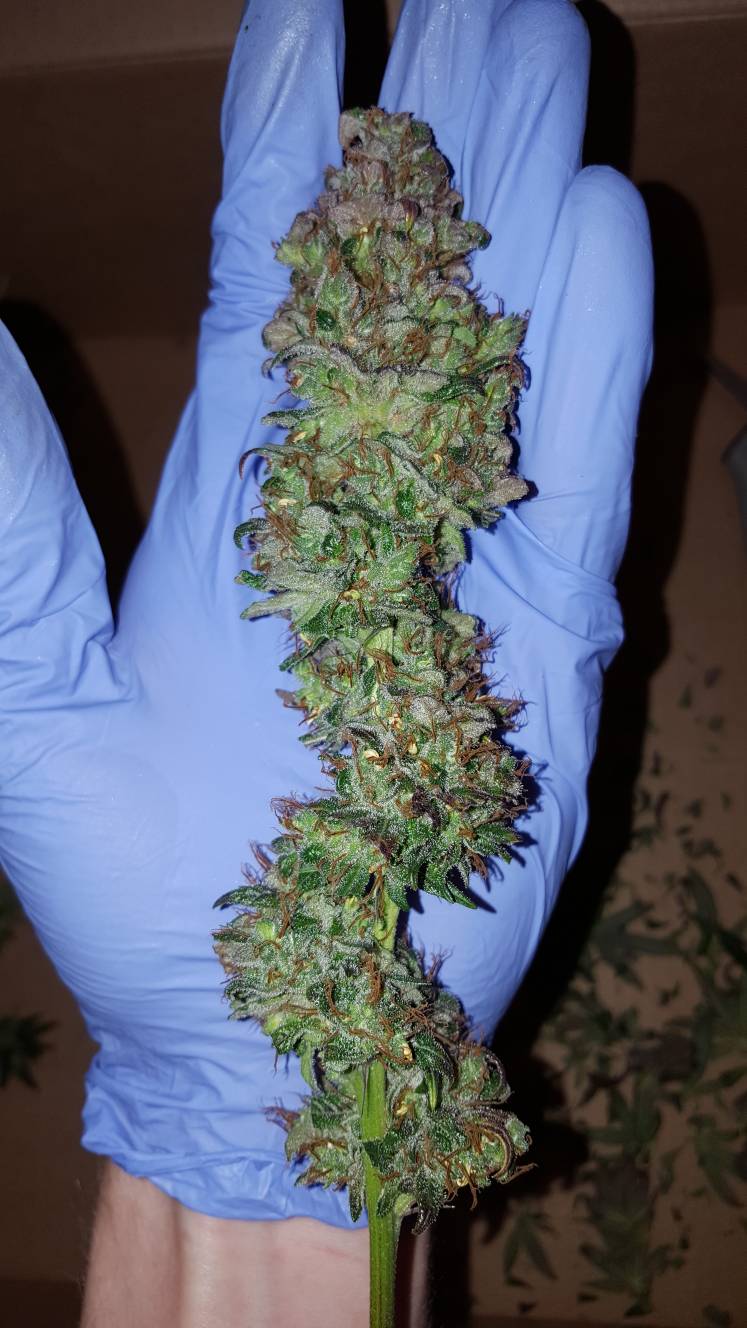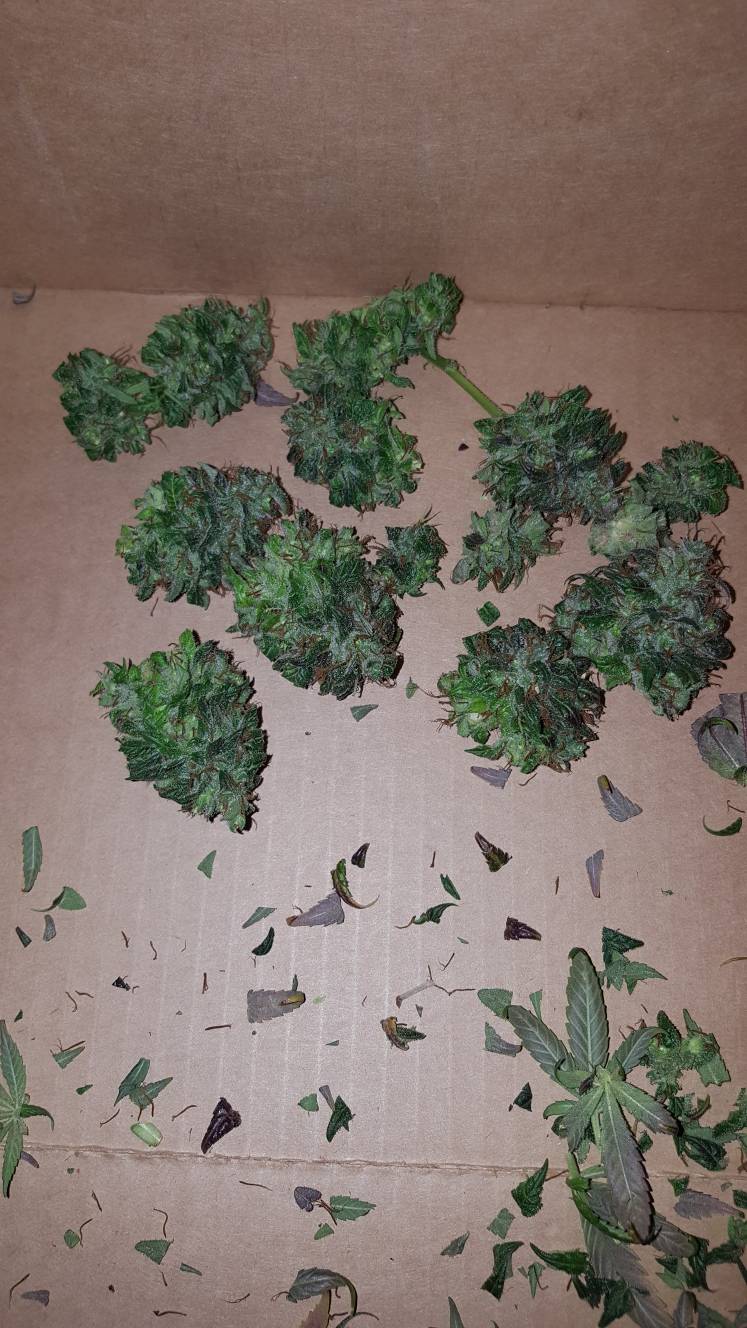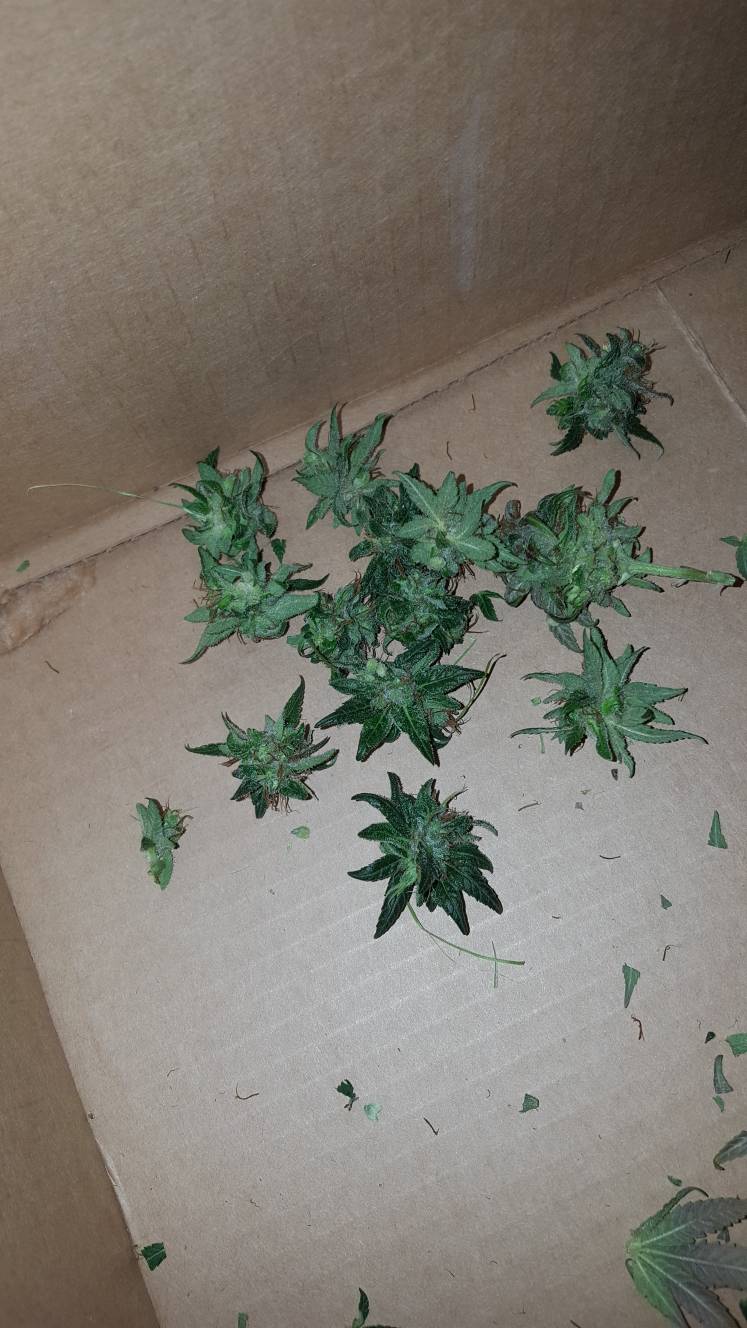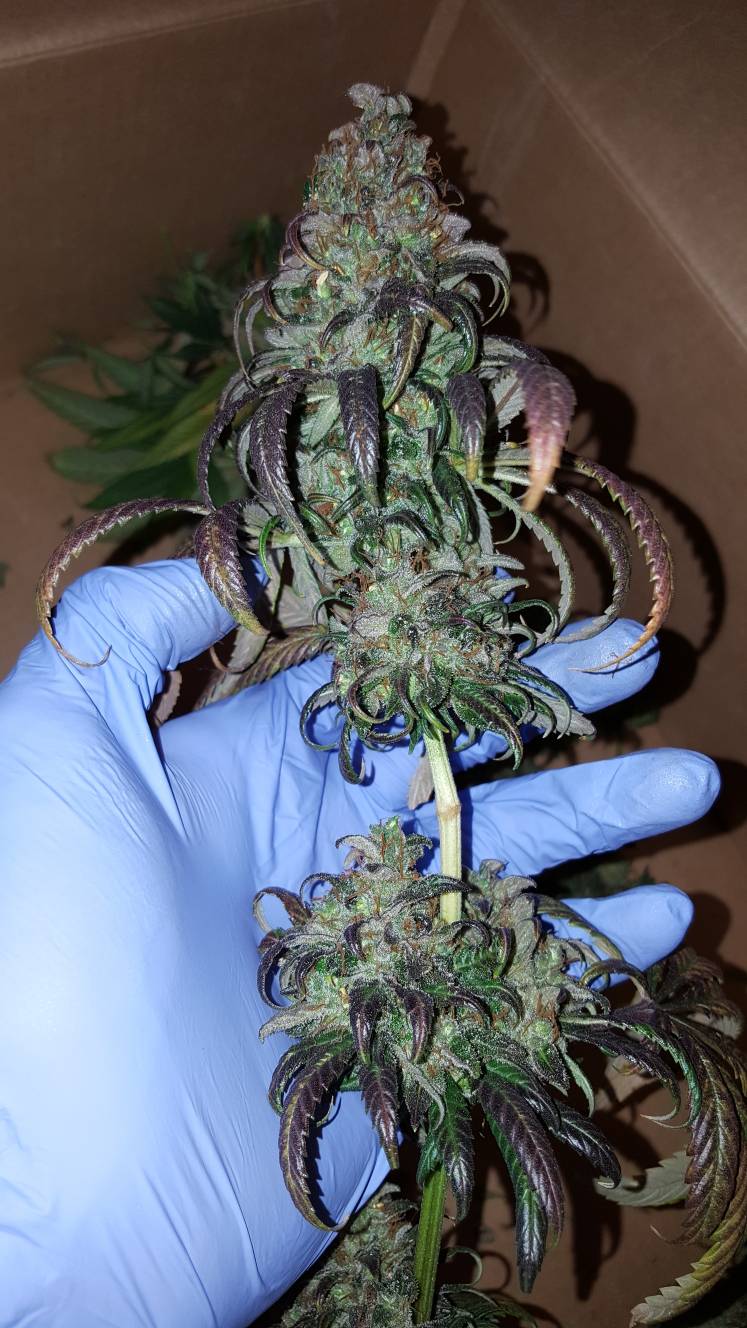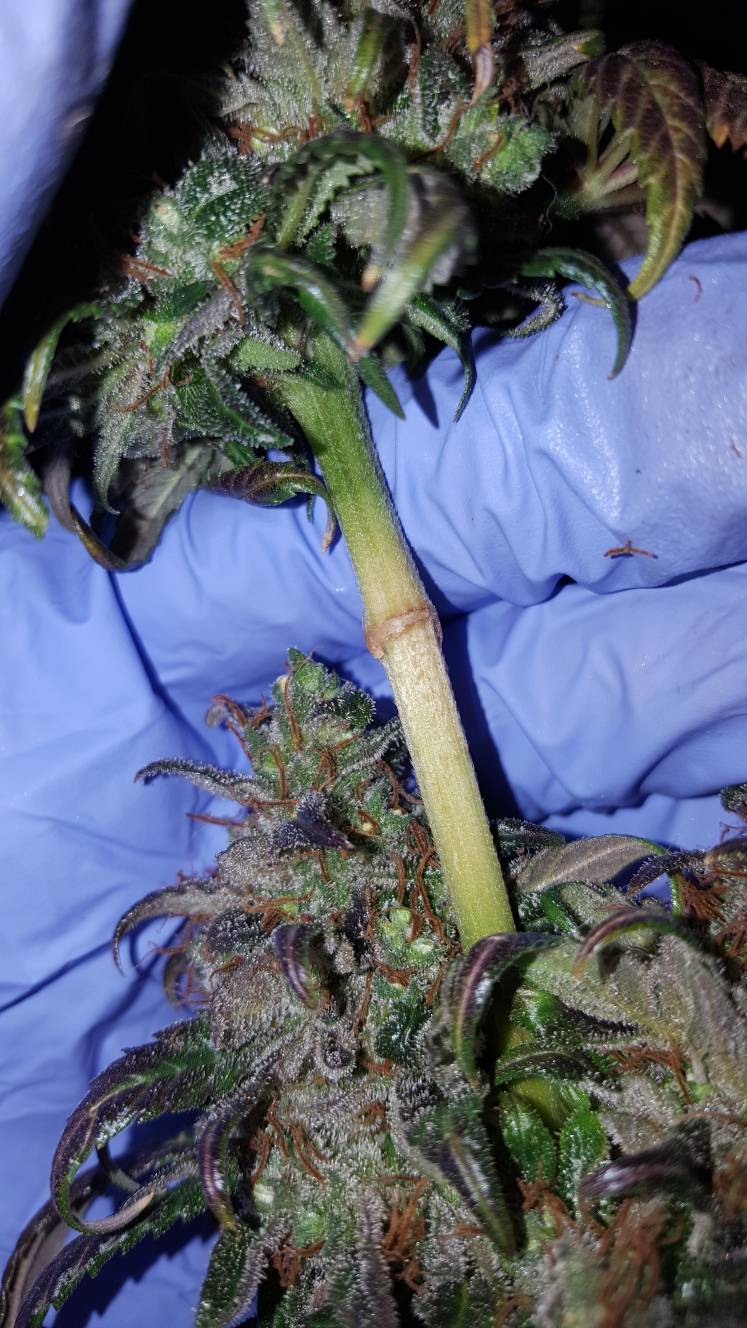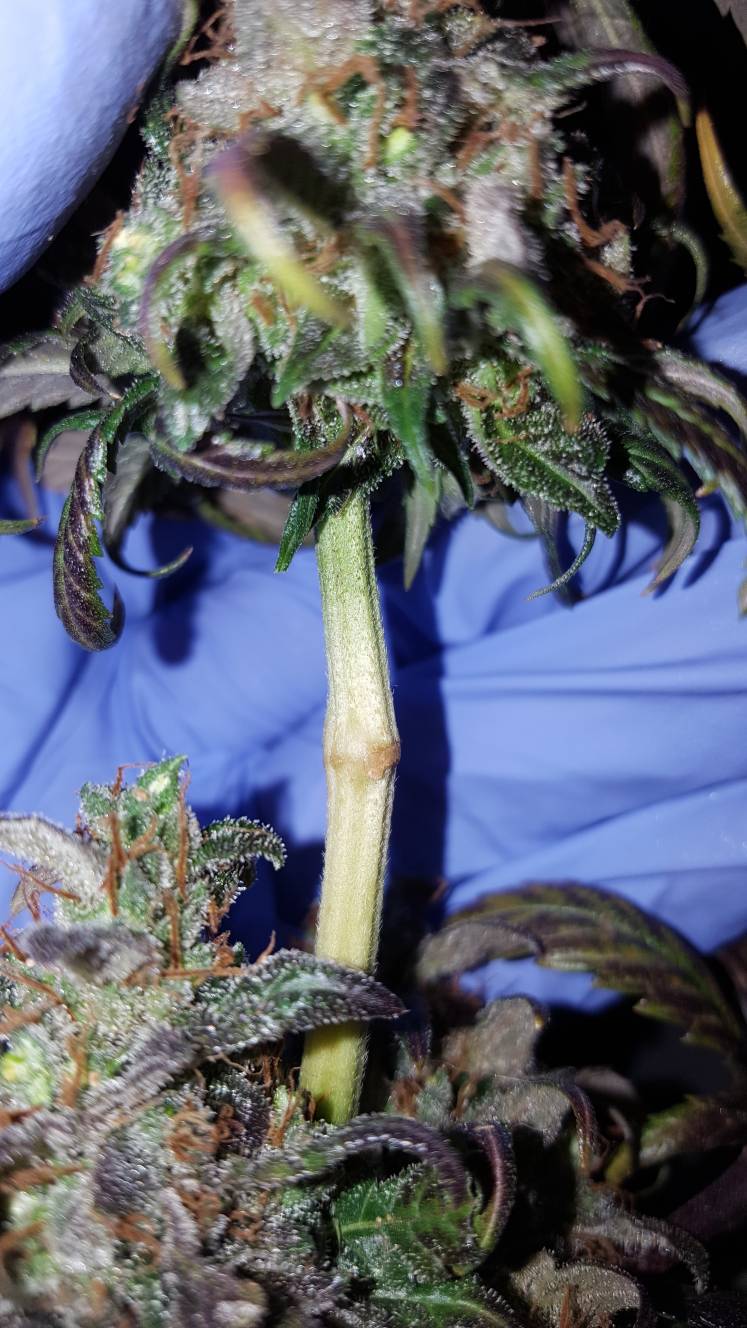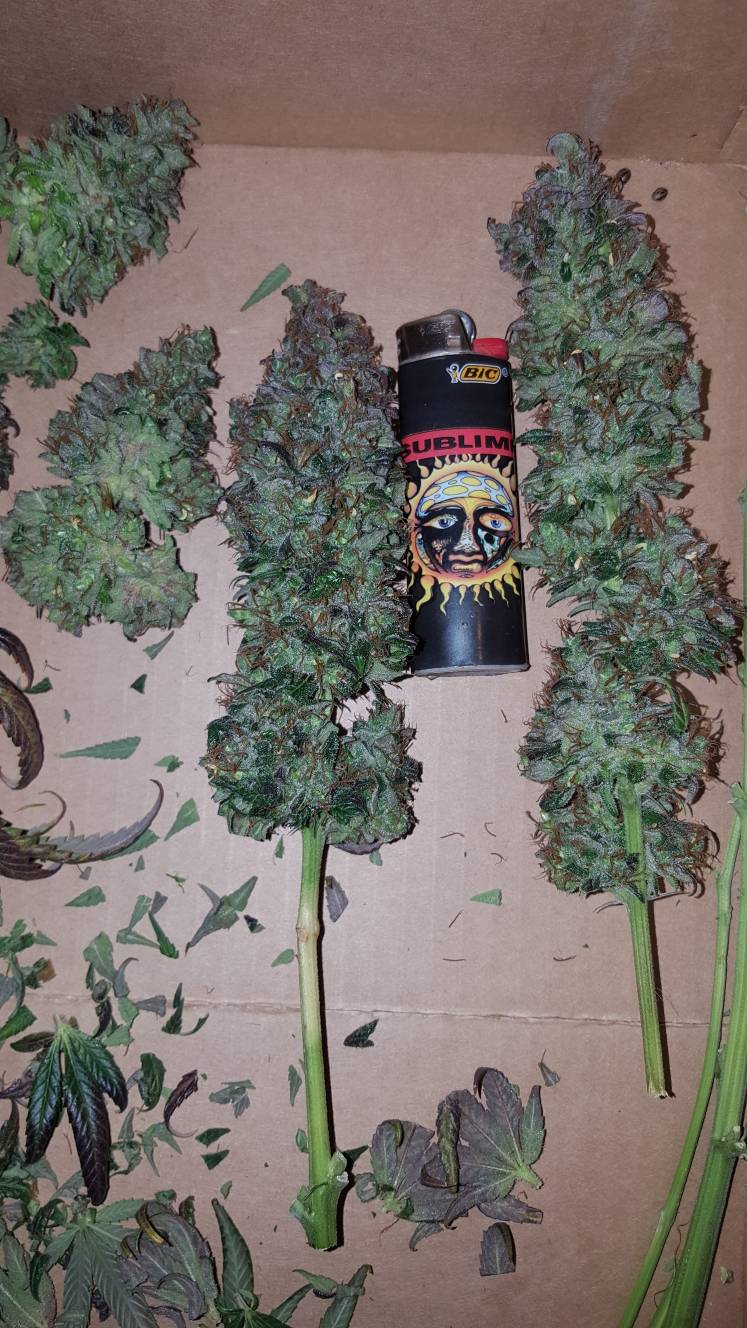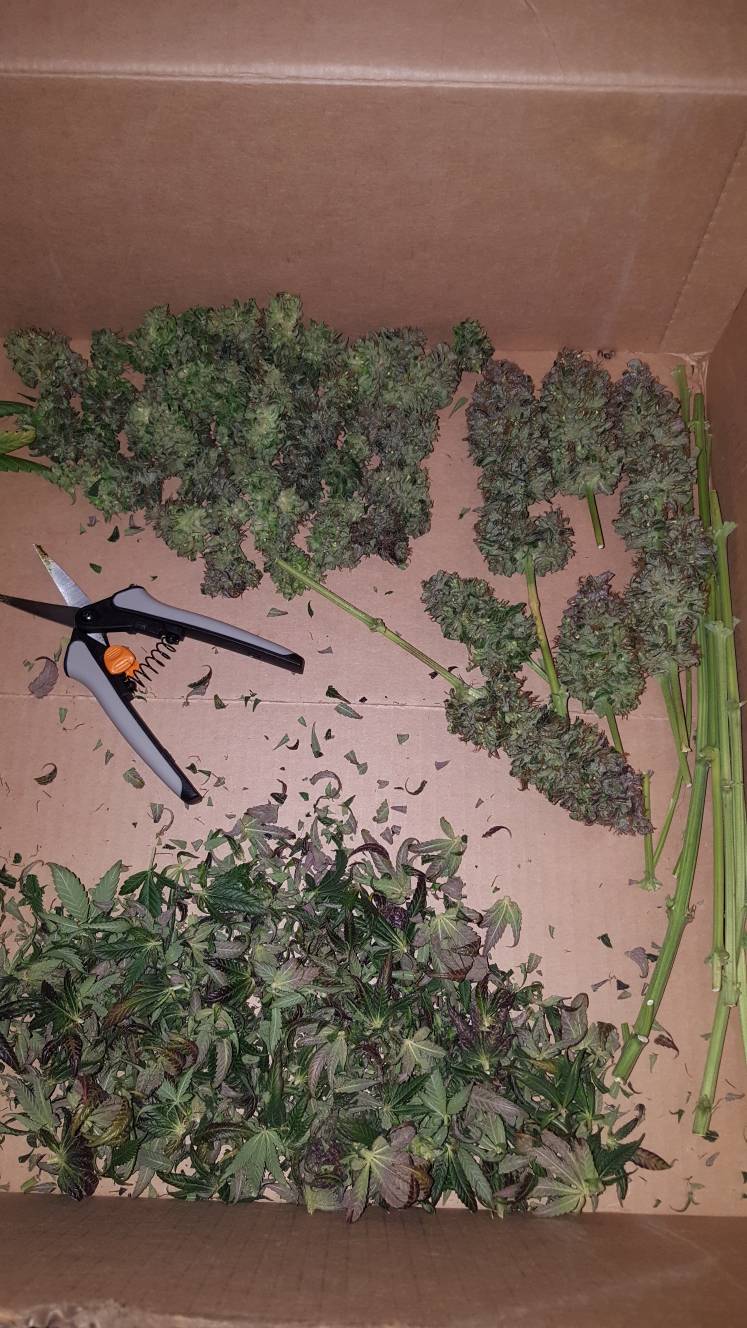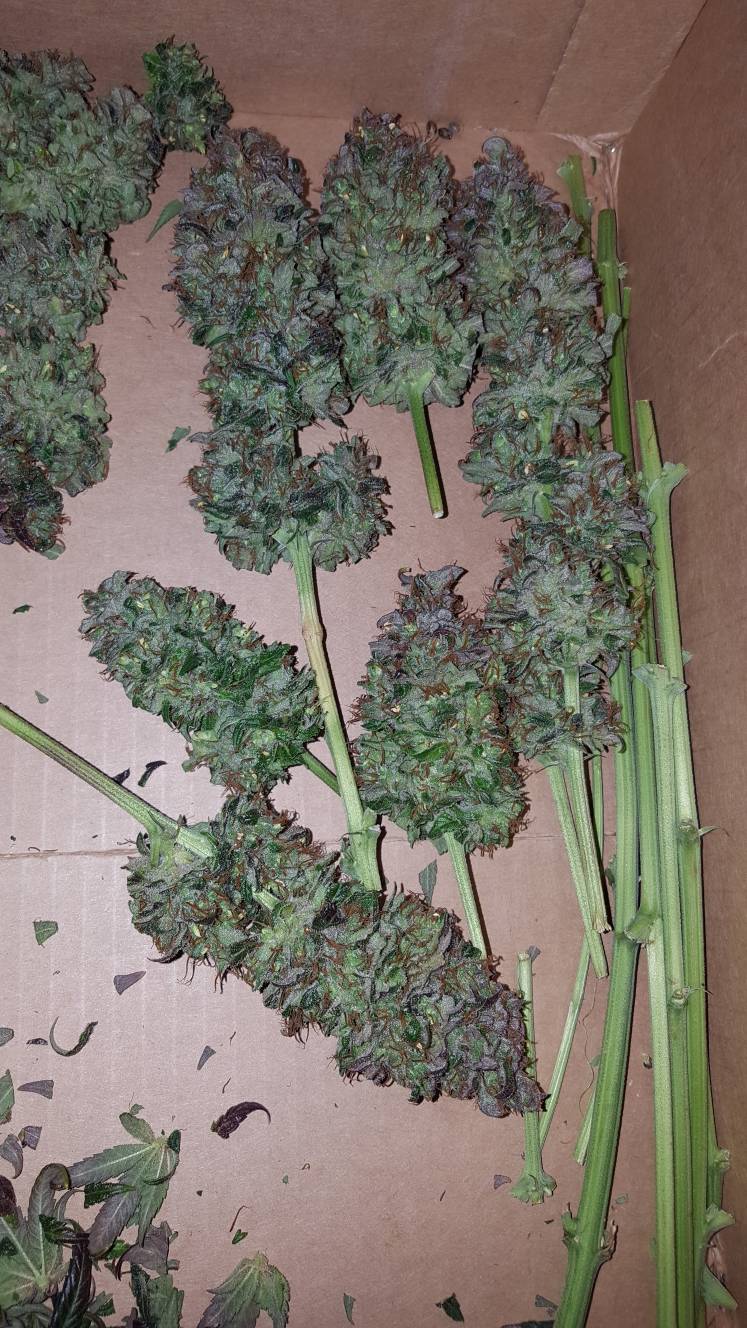Ozone works all right. But in high dosages it is also very lethal. Read up a little on the subject before you buy an ozone generator and use them wisely and safely
Pasting in an article about the subject for your convenience:
"Ozone generators are becoming more affordable and are a common feature in larger commercial growrooms. Domestic and industrial use of ozone is not new, but translating the many benefits into a grow operation deserves a little attention. An inexpensive ozone generator is capable of saving crops from molds, battling predators, oxygenating root zones, sterilizing equipment, disinfecting entire growrooms and more.
We've all heard about ozone, and how the lack of it in the atmosphere caused by pollutants is a problem, so one might ask, "Isn't using an ozone generator just going to compound climate change?" The simple answer is no. The ozone we generate in growrooms is the same stuff that protects us in the ozone layer of Earth's atmosphere, but it won't harm the planet.
Ozone (O3) is a triatomic molecule consisting of three oxygen atoms (instead of two in regular oxygen). Oxygen is one of the most powerful oxidizing agents in the world, and a potent natural disinfectant 3,000 times more effective than chlorine bleach in broad spectrum antimicrobial activity. Ozone is not just another cleaner, ozone is a true sterilizer. It can completely destroy impressive amounts of spores, bacteria, viruses, mold, fungus, mildew, smoke particles and other contaminants while at the same time oxidizing any dead organic materials in its path. Because ozone has a spare, unstable oxygen molecule, as soon as it touches a pathogen, the spare atom breaks off and attacks the cell walls of the pathogen, rupturing them and killing it instantly, without hesitation or mercy.
Ozone Safety
Ozone is used in low atmospheric doses in hospital wards, offices, veterinarian rooms, commercial kitchens and factories to keep the air sterile, sterilize bedding, prevent the spread of airborne pathogens and keep the place smelling clean. People occasionally use it at home to sterilize dishes, treat various ailments and make their homes a little fresher. Because ozone is so powerful, it can be harmful to humans and pets if precautions are not taken. Ozone can be harmful to the respiratory system if breathed in high concentrations, but the fact that it breaks down quickly allows us to work with it in relative safety. The safety aspects in this article are overly cautious, but it's worth taking the extra care.
Fortunately, people can start to smell ozone before it becomes hazardous. The familiar smell of it is like that fresh smell after a heavy storm, which is the ozone created by electrical energy in the clouds and brought down in rain.
Choosing an Ozone Generator
Choosing the correct ozone generator is important. Too small an output will be ineffective, too large will be dangerous. For an average-sized grow space, a generator with an output of around 200 to 400 milligrams (mg) per hour will be fine. Huge commercial operations will need upwards of 1 gram of output per hour, and micro-grows can get by with under 100 mg per hour. These are only
guidelines. To really make the most of ozone, look for a generator to ozonate water, too. These models have a silicone tube attached with an air stone at the end. Most are wall mountable, but it is more convenient to be able to move them around.
Using an Ozone Generator Safely
You need to be switched-on and alert to safely use ozone. As a general rule in the growroom, you should never be able to smell ozone from your generator while it's switched on. If you can smell it strongly, you are generating more ozone than you need. Switch off the machine and leave the room for at least 45 minutes while it disperses back into plain oxygen. Next time, don't run the machine for so long.
Keep all pets away from the ozone generator while it's running, and for at least 45 minutes after it's been switched off. Get everything else completely ready before you switch on your generator. It should be the last thing you switch on before quickly leaving the growroom. Always connect it to a timer to switch it off after it's finished. Some have a built-in timer, but experience says they are not always reliable.
If you need to re-enter the room while the generator is running, hold your breath.
Ozone is safe for humans if it's not breathed in. It's a good idea to make sure a friend is around, just in case. Consider buying an ORP (oxidation reduction potential) sensor to monitor safe ozone levels in your growroom. If just using the generator to oxygenate water or oil, consider running it in an outbuilding. Close the door of your growroom to keep the ozone contained. Tell anyone else in the house before you use ozone, so they can also stay clear of the room.
Sterilizing Your Room and Equipment
Sterilizing your room and equipment is one of the biggest hassles of being a grower. Ozone acts as a magic bullet that cuts out such soggy labor. You will still have to manually clean up debris with hot water first, but that's the hard part done. Let equipment dry, and then stack it up so air can circulate freely around it. Include things like scalpels, pruners, pH meters, screens and fans because ozone sterilizes everything.
Position your generator in the center of the room and switch on some circulating fans. It doesn't have to be blowing a gale in there, but the air needs to circulate around the entire room. If you have a generator with a tube attached for ozonating water, great! You can set up your nutrient tanks and hydroponic system now, and run the pumps with plain cold water. Attach the end of the generator's tube to an air stone and put it in your nutrient tank. Now you can sterilize the entire room and your nutrient delivery system in one easy move.
Set up a timer to switch off after 30 to 45 minutes. Plug your generator into it and turn it on. Hold your breath to avoid breathing the ozone in as you quickly check the air stone is bubbling ozone into the water, and then leave the room immediately. The generator will switch off after one hour, and the room will be safe to re-enter an hour after that. If your growroom is in the main part of the house, then it's probably a good idea to open the windows to allow any leaking ozone to escape. That's it! Your room will smell incredibly clean and is now completely sterile, ready for your next grow.
Inline Odor Control
The most common use of ozone by growers is inside the ventilation ducting with a carbon filter. This gives an extra insurance against unwanted odors escaping. This works great and is a belt-and-braces addition to odor control. This method is also completely safe because the ozone is immediately extracted through ventilation into the outside, leaving no possibility of ozone buildup inside the growroom. For this set-up you need a medium output inline generator to place inside your ducting. Here the ozone molecules mix with the smelly plant terpenes inside the pipe. In an ideal world, you would have this inline ozone system paired with a portable ozone generator.
Ozonated Water
If you buy a generator with a tube and air stone option, then you can ozonate water. This is a fantastic way to ensure your root zone stays healthy and lets you disinfect a hydroponic system with your plants still installed.
Working with ozonated water is much safer than using it in the air. When ozone is bubbled through water, the unstable molecule behaves as it does in the air; attaching itself to any single-celled pathogen and killing it instantly. The by-product of this is pure residual oxygen in the water. Once all the pathogens are gone, the ozone actually starts to be absorbed into the water too, where its power can be harnessed.
When using a 400 mg ozone generator, place the air stone at the bottom of the water container and ozonate for around two minutes per liter of fluid. If possible, do this in open air as to not breathe ozone. Use the water right away, as the ozone starts to break down into oxygen over 30 minutes. Once you have ozonated water you can really do some amazing things with it, such as:
Spray it directly on your plants to kill any spores, rust spots, fungus, powdery mildew or bud rot. It is safe to use at any time in the flowering period because there are no chemicals.
Immediately dip fresh cuttings in the solution for 30 seconds to sterilize them before dipping in rooting hormone. This improves strike rate dramatically.
Dip pots, syringes, pipettes, meters, drippers, pumps, connectors and anything else that goes near your plants in the solution for one minute to sterilize safely.
Pour it straight into your root zone to give a massive oxygen boost and sterilize the rhizosphere.
When you change your solution, ozonate the fresh nutrient solution thoroughly before running it through the system, disinfecting everything and giving the plants a huge oxygen boost.
Working with ozonated water is more forgiving than ozonated air. You can safely handle it, and people with skin complaints may actually find it helps a lot, as it gently keeps skin sterile. There is no point in using organic nutrients or supplements in freshly ozonated solution, as the ozone will kill any beneficial bacteria too, including trichoderma. If your supplement isn't compatible with liquid oxygen, it's not compatible with freshly ozonated water. But, because ozone only remains active in water for around up to 45 minutes before turning back to oxygen, you can still use organics if you wait for an hour or so after running the ozone through your system, and get the best of both worlds.
No More Bud Rot
An ozone generator can save crops from botrytis and other pathogens, even if it's already started to weave its gray web around plants. It does this quickly without adding any toxic chemicals at all. Here's how to go about it:
At the first sign of mold, physically remove any infected material from the room.
Switch off your extractor fan but leave your circulation fans running. (You will need to set a timer to switch your extractor back on in about 15 minutes).
When using a 400 mg per hour generator, try running it for 30 to 45 seconds per square meter of enclosed grow space and then switching it off. If you have a machine with a tube outlet, you can attach it directly to a circulation fan for maximum spread.
Leave the extractor fan off for 15 minutes afterwards, but make sure the circulation fans are moving lots of air around inside.
After the extractor fan has been on for 15 minutes, open your tent and look at the mold. Instead of looking a vibrant, fluffy gray, it should now look brown, crusty and dead.
If mold is more progressive, you may need to run the ozone for longer. For serious infestations, run for up to an hour without the extractor on.
Dispose of any previously infected matter. Although the mold is no longer active, it shouldn't be ingested.
Inspect every plant thoroughly, and if there is any mildew alive, repeat the process. Be aware that building up too high a concentration of ozone in a room can cause plant damage to the stomata, resulting in burnt leaves, especially at the tips and wider shade leaves closest to the generator. There have also been reports of it damaging the delicate trichomes with major overuse. Tread carefully, using it sparingly yet often to prevent contamination, and you will be OK. You might have to toss a few plants if they were infected already, but it will not spread and you have saved your crop from death or early harvest. Check your plants for new mold thoroughly every day for a week, and if you spot any new stuff, repeat the process.
Battle Spider Mites
Spider mites spread fast and are tough to beat. A higher level of ozone will break down the respiratory systems of spider mites and kill them. Be warned that the levels you need to run ozone at to kill spider mites may cause plant damage, but spider mites will cause worse damage.
Conclusion
Ozone is a wonderful tool for the hydroponic gardener. If treated with respect, it can troubleshoot many problems and maximize efficiency in a growroom"
I believe I said this before but after my meager 1oz harvest my apartment stunk for about 3 days. The wife was not very happy. I wonder if that ozone stuff would work to help eliminate the smell.
